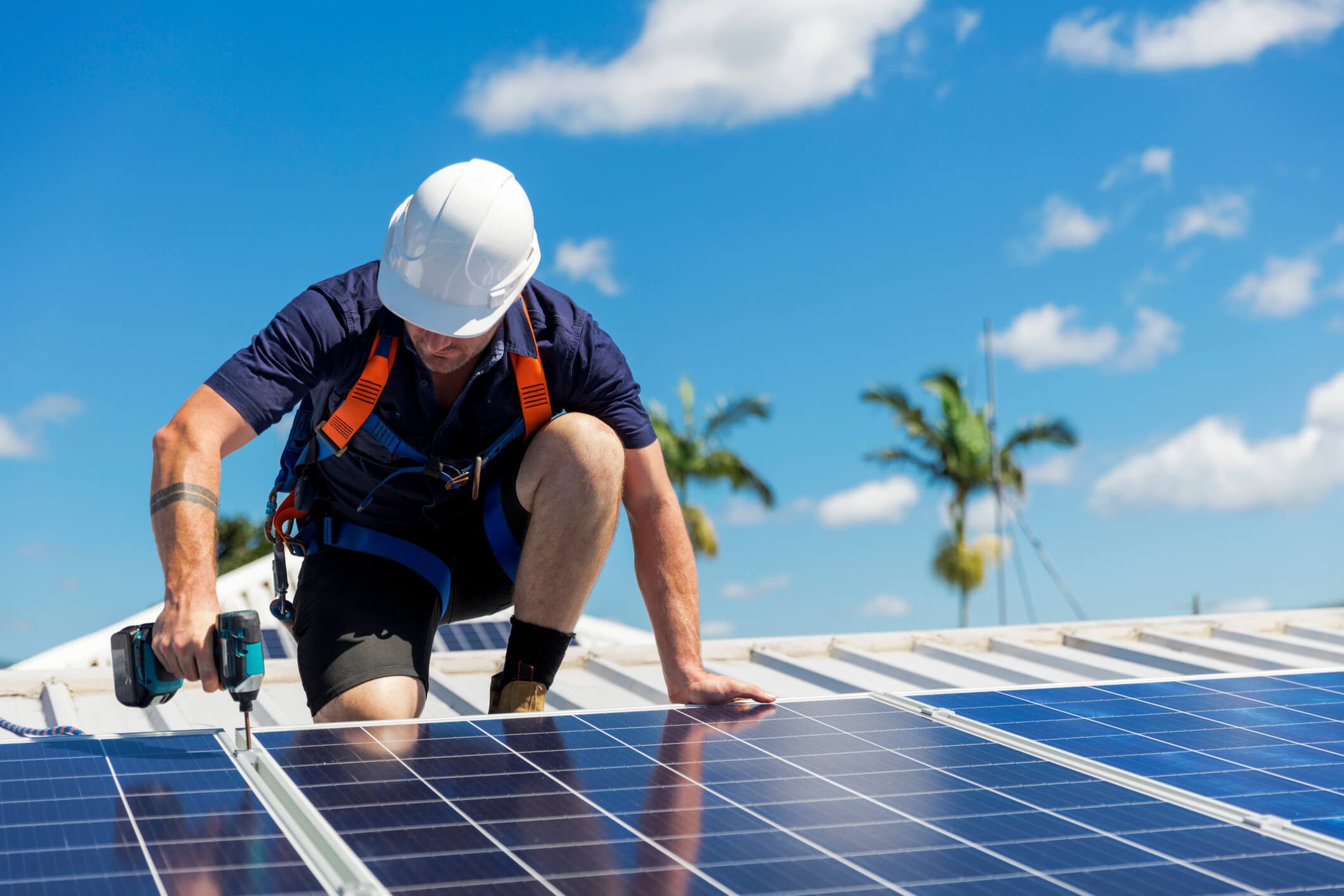Introduction
The U.S. government is making a significant investment in solar energy with a $7 billion initiative aimed at helping low-income households. This effort, known as the “Solar for All” program, is designed to reduce energy costs and combat climate change by increasing access to solar power. This blog post explores the details of the program and how it can benefit communities across the country.
Why the Investment?
Combatting High Electricity Costs
Electricity bills have risen significantly due to climate-related disasters and increased energy demand. The “Solar for All” program aims to alleviate this burden by providing solar panels and energy storage solutions to low-income households, helping them save on their utility bills.
Reducing Carbon Footprint
By transitioning to solar energy, these households can contribute to reducing the planet-heating gases that drive climate change. Solar energy is not only a sustainable solution but also a tool to improve the financial stability of families.
How the Program Works
Rooftop and Community Solar Projects
The initiative will fund rooftop solar installations and community solar farms. This approach allows households that cannot install solar panels—due to shading, renting, or other reasons—to still benefit from solar energy through shared solar farms.
Energy Storage Solutions
In addition to solar panels, the program will provide batteries that store solar energy, ensuring a reliable power supply even when the sun isn’t shining. This feature is particularly beneficial for families in regions prone to power outages.
Building Trust and Overcoming Challenges
Addressing Distrust
The program also focuses on building trust in communities where there is skepticism about solar energy, often due to past experiences with predatory lenders. By partnering with reputable organizations and providing clear guidance, the program aims to overcome these barriers.
Economic Impact
The program is expected to generate significant annual savings for participating households, with the EPA estimating over $350 million in reduced electric bills. Additionally, by adhering to prevailing wage requirements, the initiative supports fair labor practices while expanding solar access.
Conclusion
The “Solar for All” initiative represents a transformative step towards making solar energy accessible to everyone, regardless of income. By reducing energy costs and promoting environmental sustainability, this program offers tangible benefits for low-income families across the U.S. For more information, visit the South Carolina Public Radio article.



